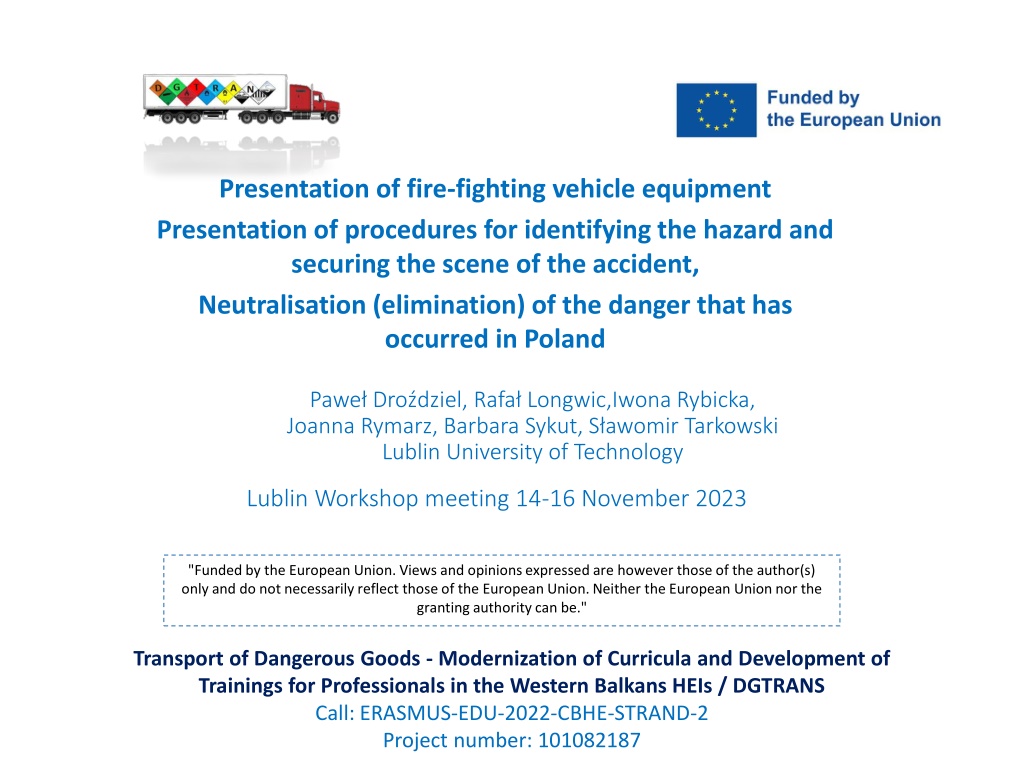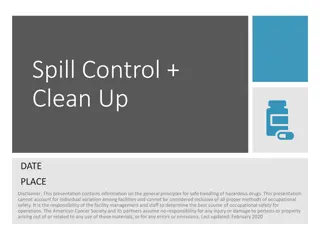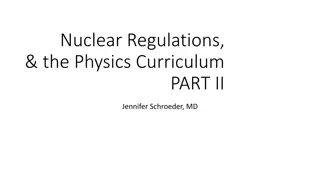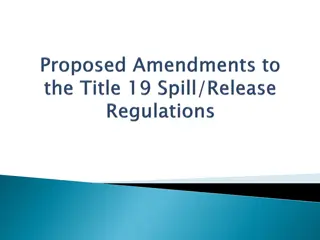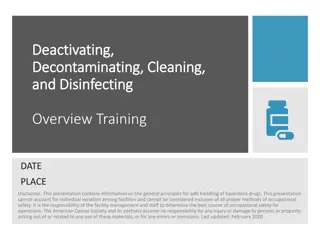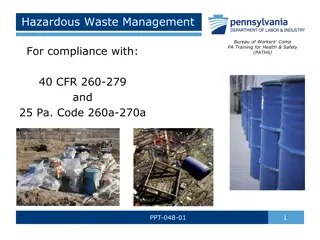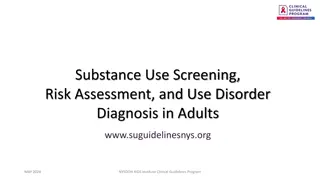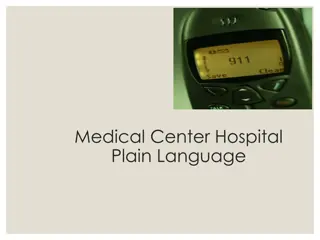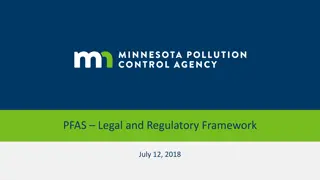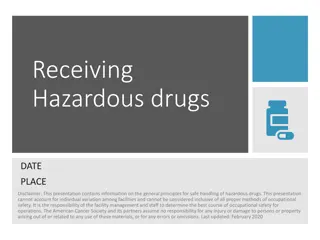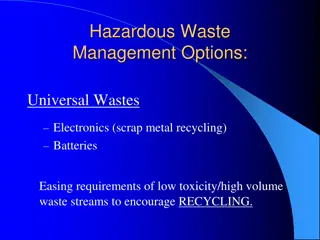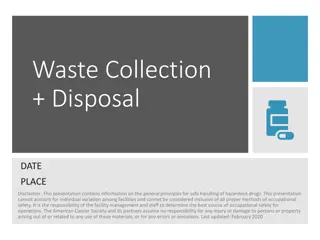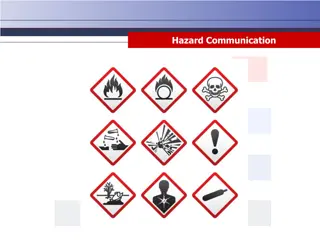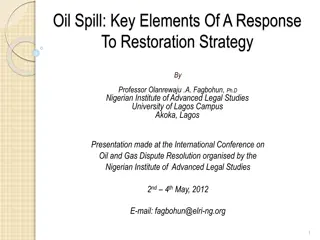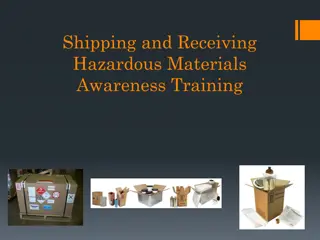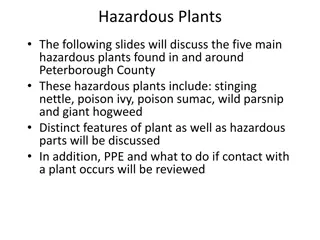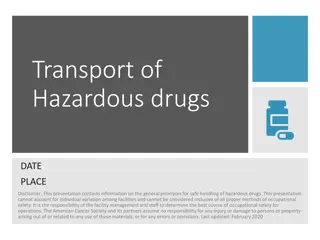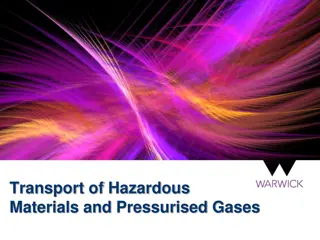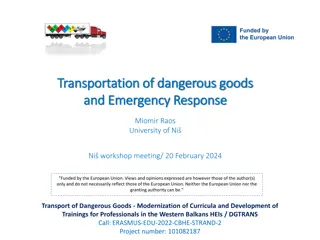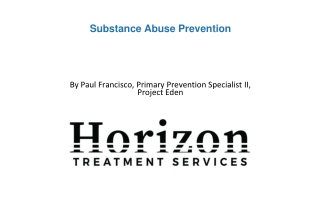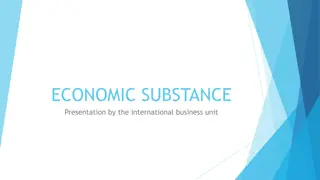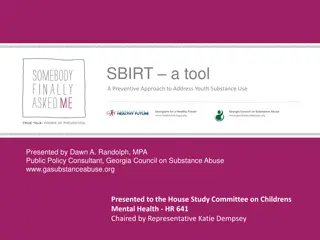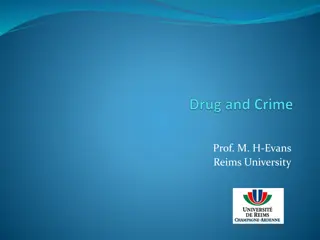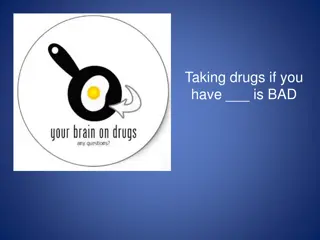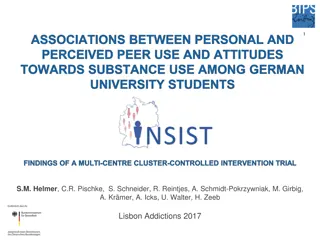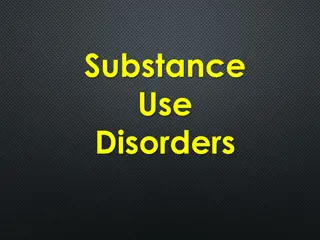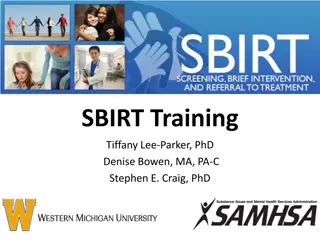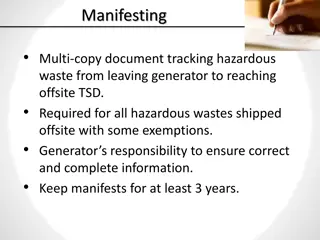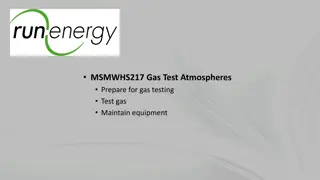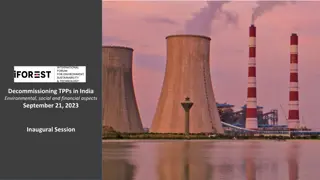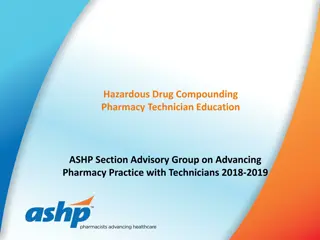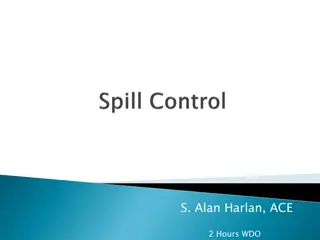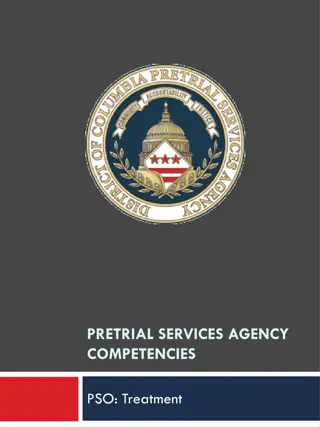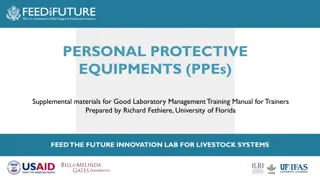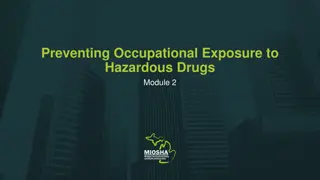Proper Procedures for Dealing with Hazardous Substance Spills
This presentation covers the procedures for identifying and securing hazards at the scene of an accident, as well as neutralizing dangers in Poland. It includes information on fire-fighting vehicle equipment, such as different nozzles and tools used by the fire brigade. Steps for dealing with hazardous substance spills are outlined, including assessing the hazard, wearing protective equipment, stopping the leak, marking the accident site, assessing the situation, absorbing the liquid, and decontaminating the area. These guidelines aim to ensure safety and proper handling of hazardous materials in emergency situations.
- Hazardous Substance Spills
- Emergency Procedures
- Fire-fighting Equipment
- Safety Protocols
- Hazard Identification
Download Presentation

Please find below an Image/Link to download the presentation.
The content on the website is provided AS IS for your information and personal use only. It may not be sold, licensed, or shared on other websites without obtaining consent from the author. Download presentation by click this link. If you encounter any issues during the download, it is possible that the publisher has removed the file from their server.
E N D
Presentation Transcript
Presentation of fire-fighting vehicle equipment Presentation of procedures for identifying the hazard and securing the scene of the accident, Neutralisation (elimination) of the danger that has occurred in Poland Pawe Dro dziel, Rafa Longwic,Iwona Rybicka, Joanna Rymarz, Barbara Sykut, S awomir Tarkowski Lublin University of Technology Lublin Workshop meeting 14-16 November 2023 "Funded by the European Union. Views and opinions expressed are however those of the author(s) only and do not necessarily reflect those of the European Union. Neither the European Union nor the granting authority can be." Transport of Dangerous Goods - Modernization of Curricula and Development of Trainings for Professionals in the Western Balkans HEIs / DGTRANS Call: ERASMUS-EDU-2022-CBHE-STRAND-2 Project number: 101082187
Fire brigade vehicle equipment: Connection fittings. Fire-fighting nozzles. TURBO nozzles. Water nozzles. Foam nozzles. High-pressure nozzles. Spray nozzle attachments. Foam generators. In-line suction nozzles. Fireman's manifolds. Suction and suction nozzles. Hydrant stands. Fireman's wrenches, hydrant spanners. Transport of Dangerous Goods - Modernization of Curricula and Development of Trainings for Professionals in the Western Balkans HEIs / DGTRANS
The proper way to deal with a hazardous substance spill 1. Assess the hazard Assess the spill and, if possible, identify the spilled liquid and its potential quantity. Notify the fire brigade and other emergency services if necessary. Your safety always comes first. 2. Wear protective equipment Select appropriate personal protective equipment. Refer to the instruction manual or safety data sheet if necessary. The following applies: under no circumstances should you clean up a spill without the appropriate protective equipment. Transport of Dangerous Goods - Modernization of Curricula and Development of Trainings for Professionals in the Western Balkans HEIs / DGTRANS
The proper way to deal with a hazardous substance spill 3. Stop and limit the leak Stop the leak at its source. Pay special attention to drains and permeable substrates, prevent media from entering them if possible! Stop the leak and prevent it from spreading further. Dispersion: Use containment barriers and/or sealing barriers to stop the leaking liquid. 4. Mark the accident site. Close off the accident site so that workers do not accidentally come into contact with the spill or spread it further with their feet or industrial trucks. Transport of Dangerous Goods - Modernization of Curricula and Development of Trainings for Professionals in the Western Balkans HEIs / DGTRANS
The proper way to deal with a hazardous substance spill 5. Assess the situation Once the situation is under control, determine further actions to remove the spilled liquid. 6. Absorb the liquid Absorb the liquid found using absorbent cloths and DENSORB pads. 7. Decontaminate Check for residues. Decontaminate accident site and emergency personnel if necessary. 8. Dispose of professionally Used bonding fleeces must be disposed of in accordance with legal regulations. Disposal depends on the liquid absorbed. Information on this can be obtained from all certified waste management companies. Temporary storage of e.g. oil-containing binders can take place in ASP containers. Transport of Dangerous Goods - Modernization of Curricula and Development of Trainings for Professionals in the Western Balkans HEIs / DGTRANS
The proper way to deal with a hazardous substance spill 9. Document the emergency situation Document the operation in a complete report. Inform the personnel involved, management and, if necessary, the authorities about the accident and facilitate a learning process from the experience gained. Help determine the cause of the spill so that processes can be corrected if necessary and thus avoid a recurrence of the emergency. 10. Replenish emergency equipment Replenish DENSORB emergency kits and replace used PPE, barriers, recovery drums, etc. Transport of Dangerous Goods - Modernization of Curricula and Development of Trainings for Professionals in the Western Balkans HEIs / DGTRANS
Thank You Transport of Dangerous Goods - Modernization of Curricula and Development of Trainings for Professionals in the Western Balkans HEIs / DGTRANS
